Allan Sekula was one of the most important figures in modern photography of the second half of the twentieth century. His work focused on a critique of the links that photography has always maintained with the economy, work and the politics of representation. From his beginnings in the seventies, Sekula became a reference by incorporating textuality into photography in a way that had been previously denied it by modern art. His book Photography Against the Grain: Essays and Photo Works, 1973–1983 (1984), a key work of the new photographic discourse of the late twentieth century, enshrined him as one of the least orthodox historians of the medium.
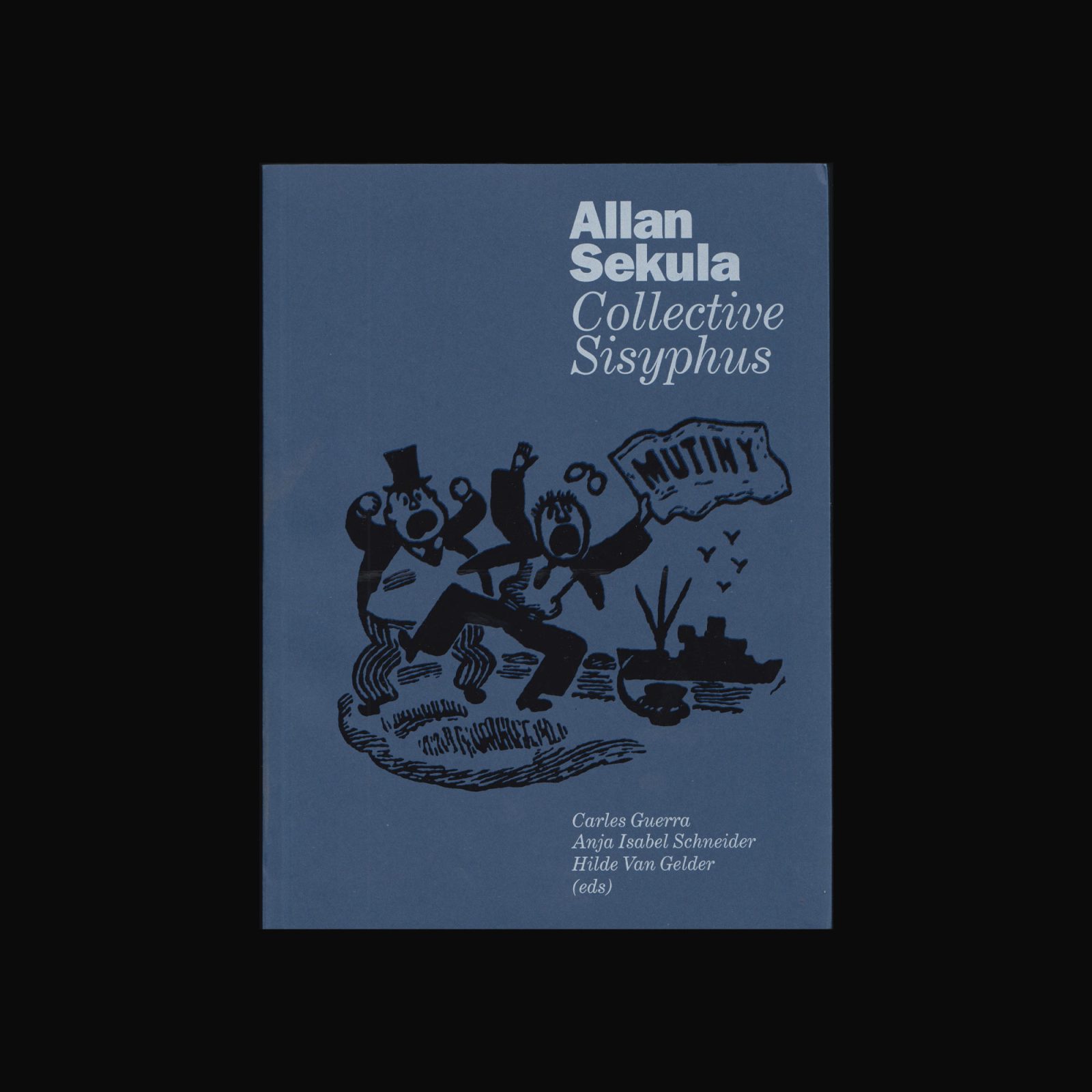
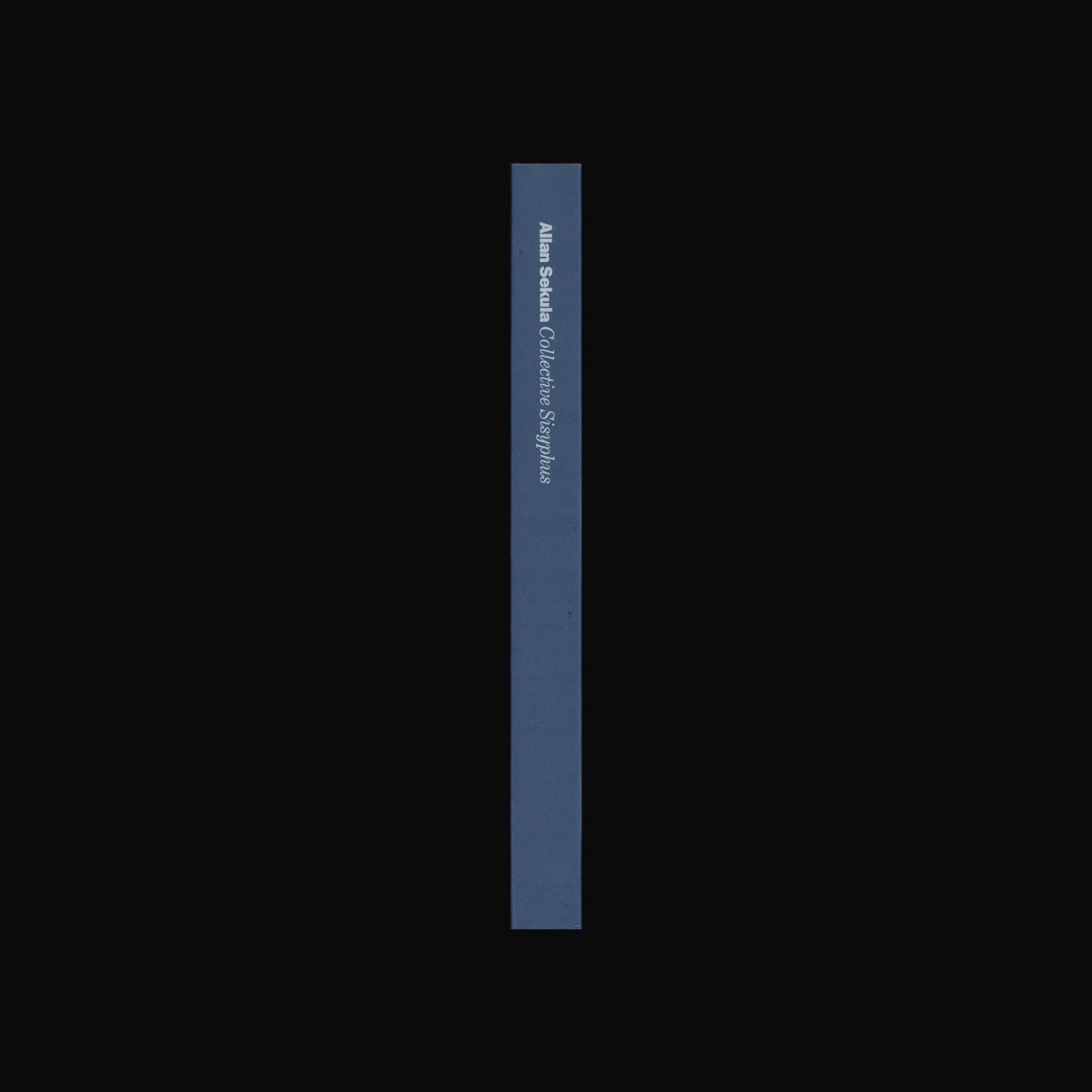
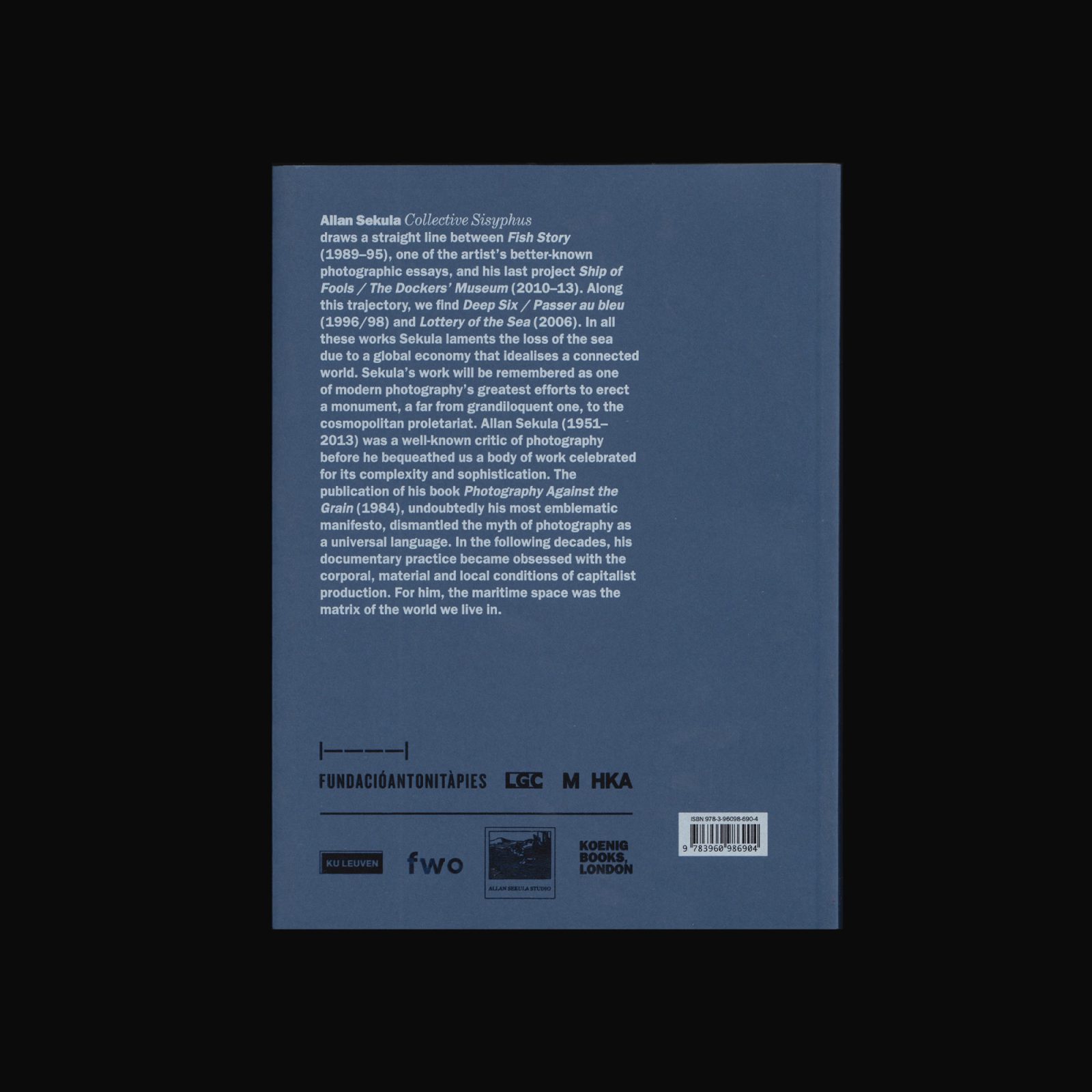

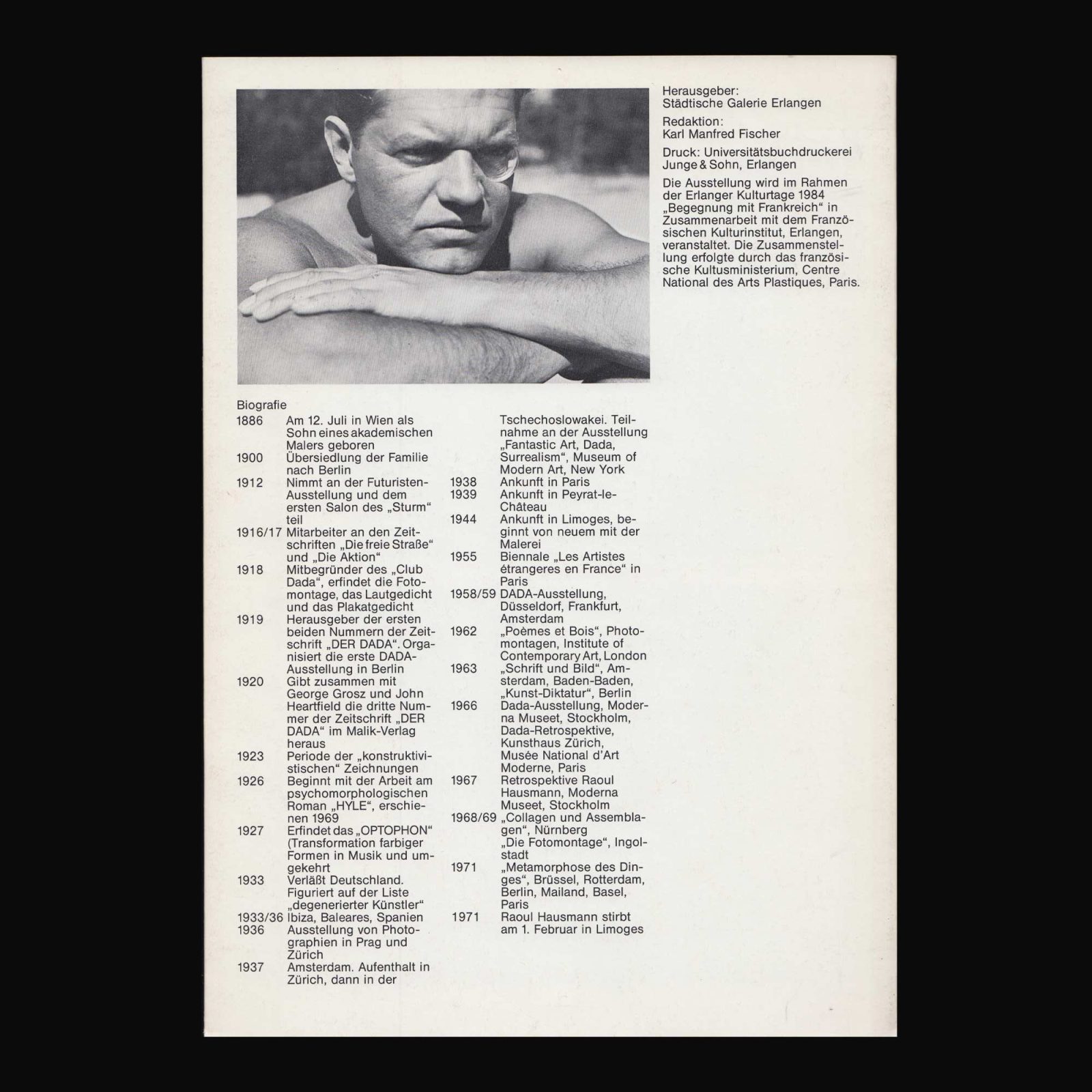
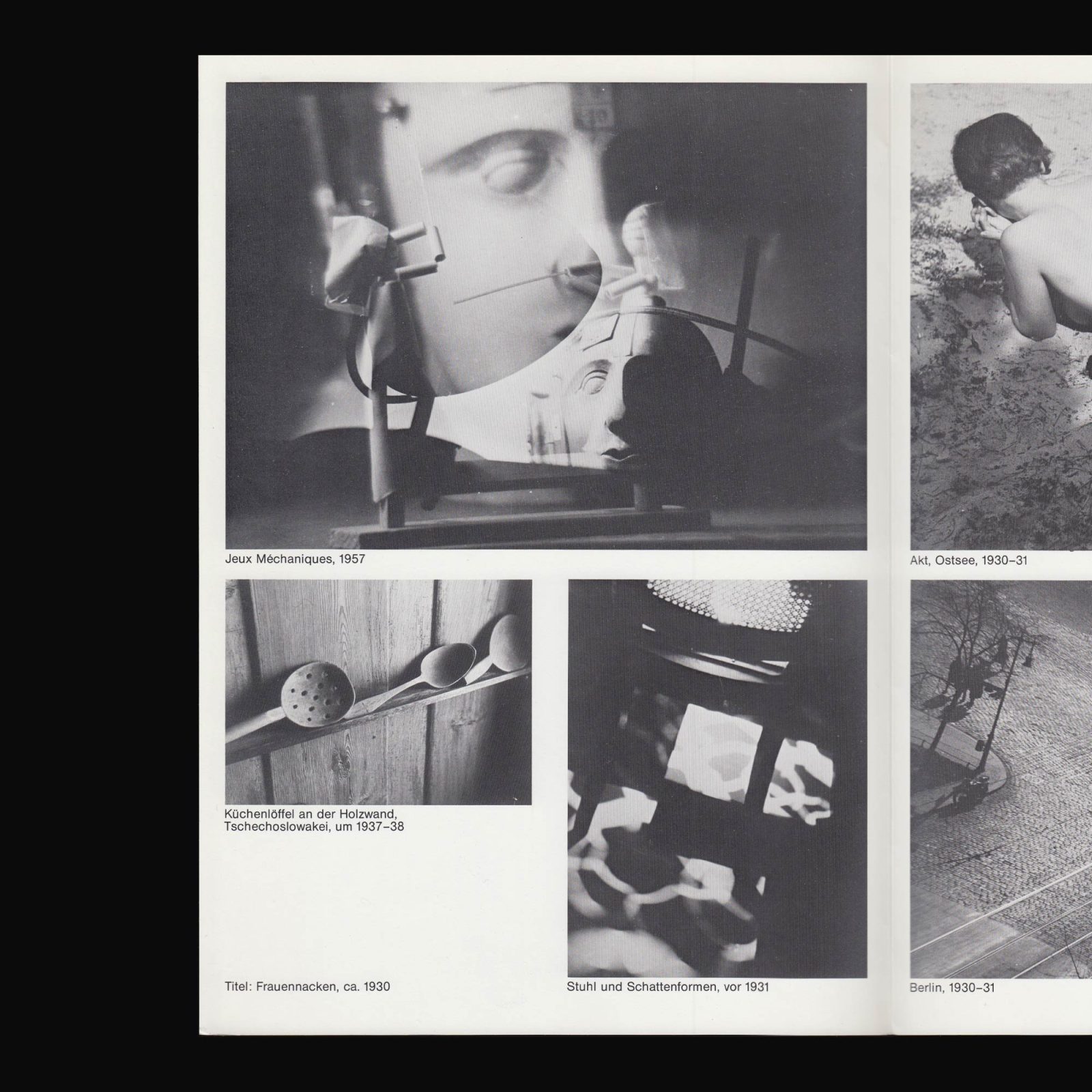
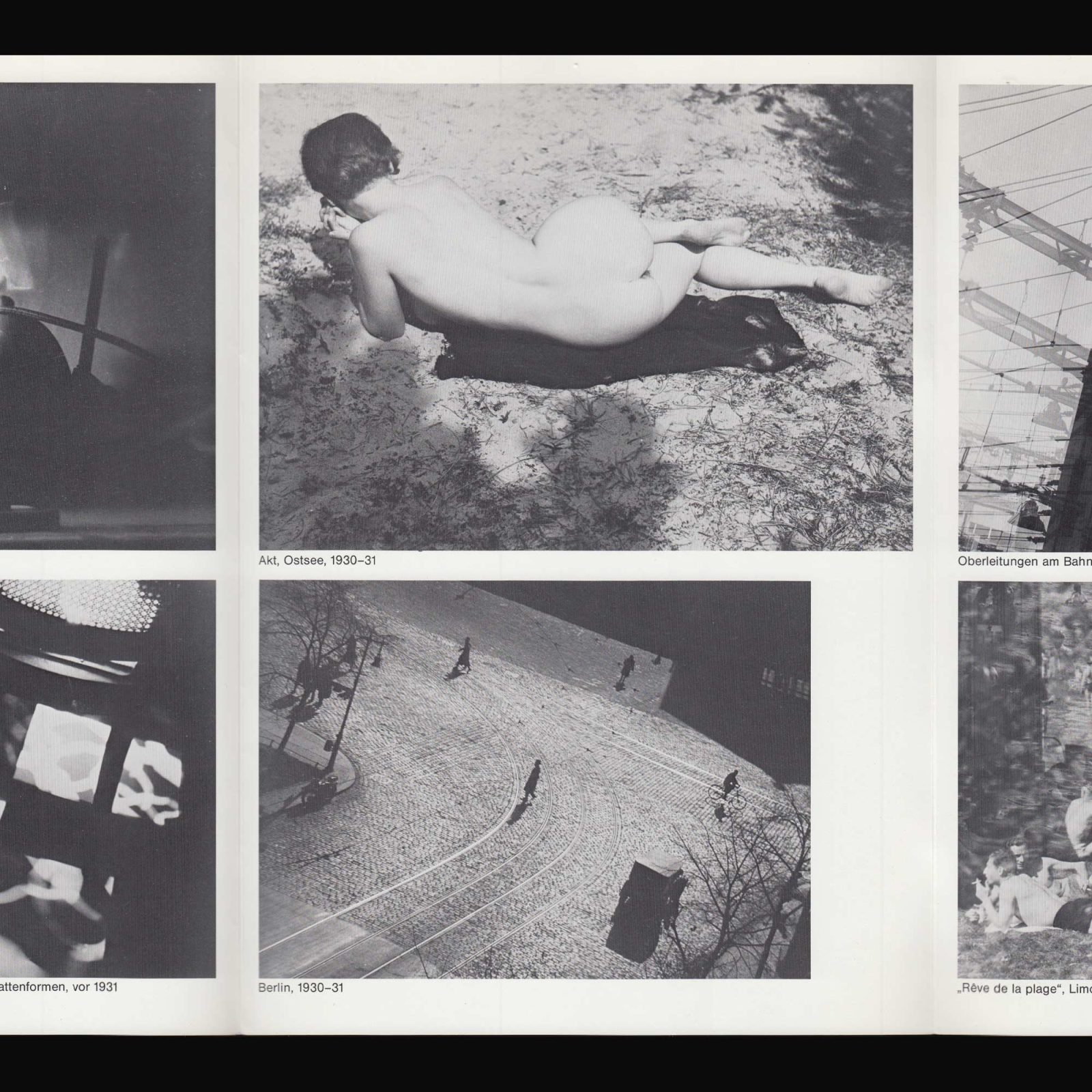
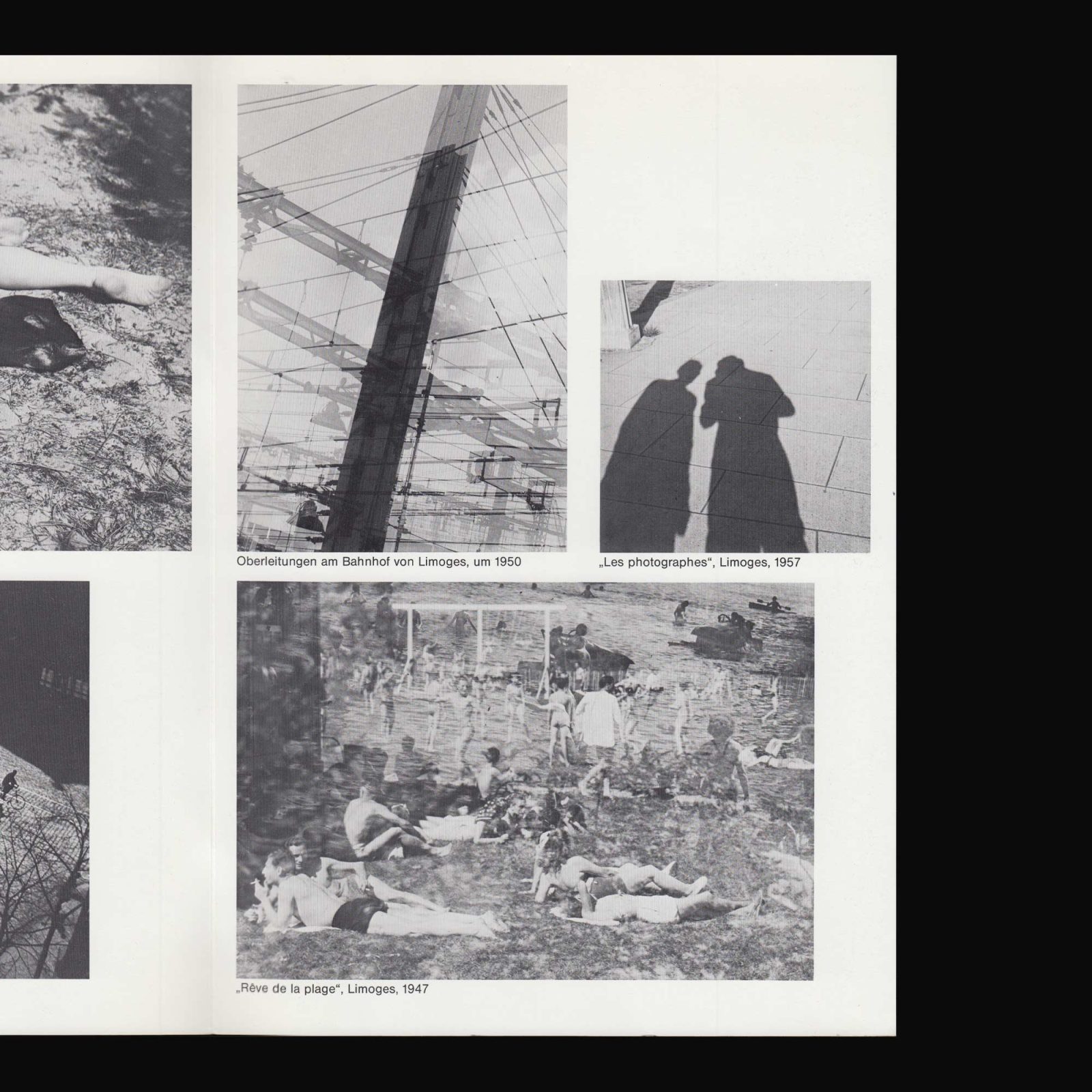
Produced on the occasion of the exhibition Raoul Hausmann: Fotografien at the Städtische Galerie Erlangen, 7 May 7–1 June, 1984.
Raoul Hausmann was an Austrian artist and writer. One of the key figures in Berlin Dada, his experimental photographic collages, sound poetry, and institutional critiques had a profound influence on the European Avant-Garde in the aftermath of World War I.
*Please note this publication is secondhand and has some traces of previous ownership.
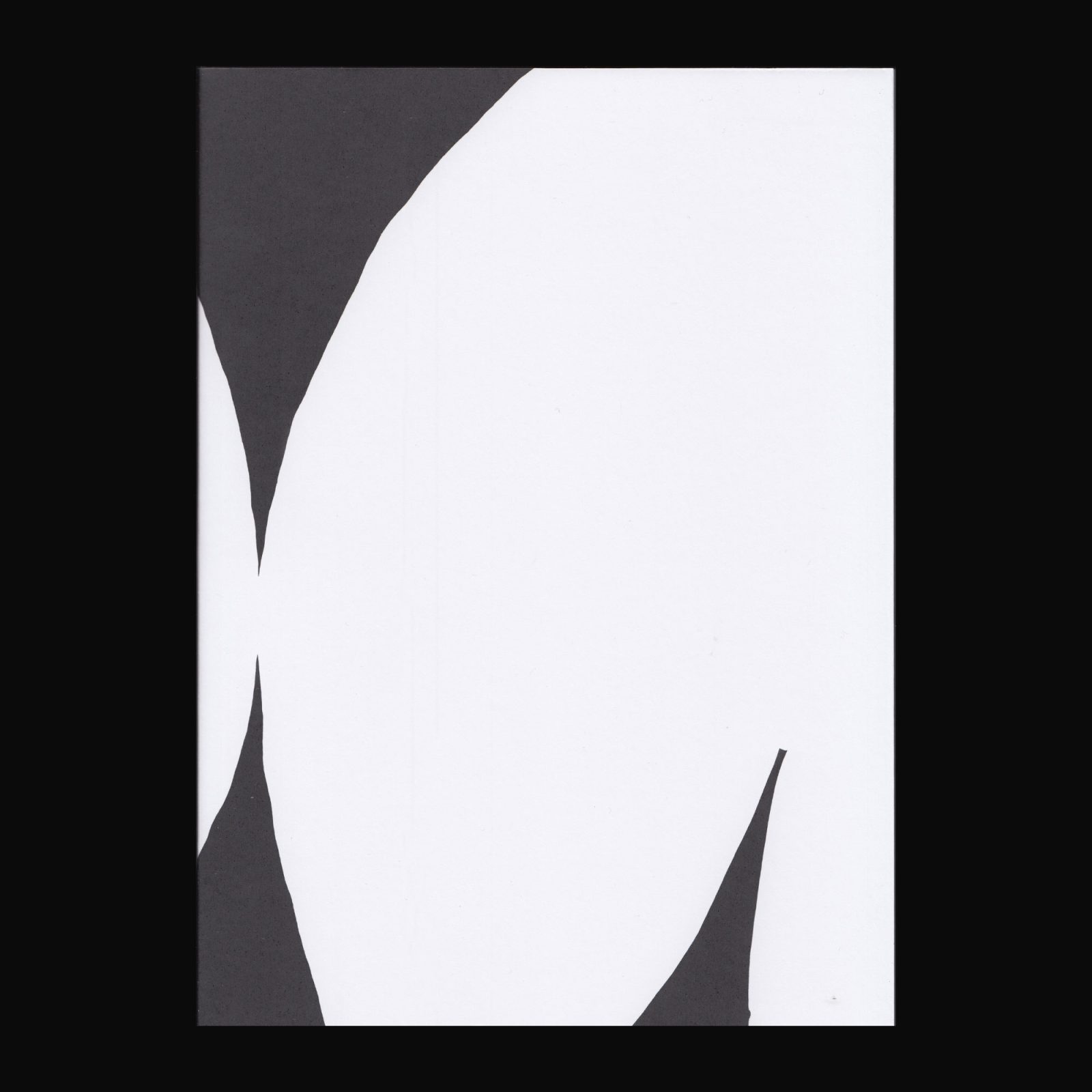
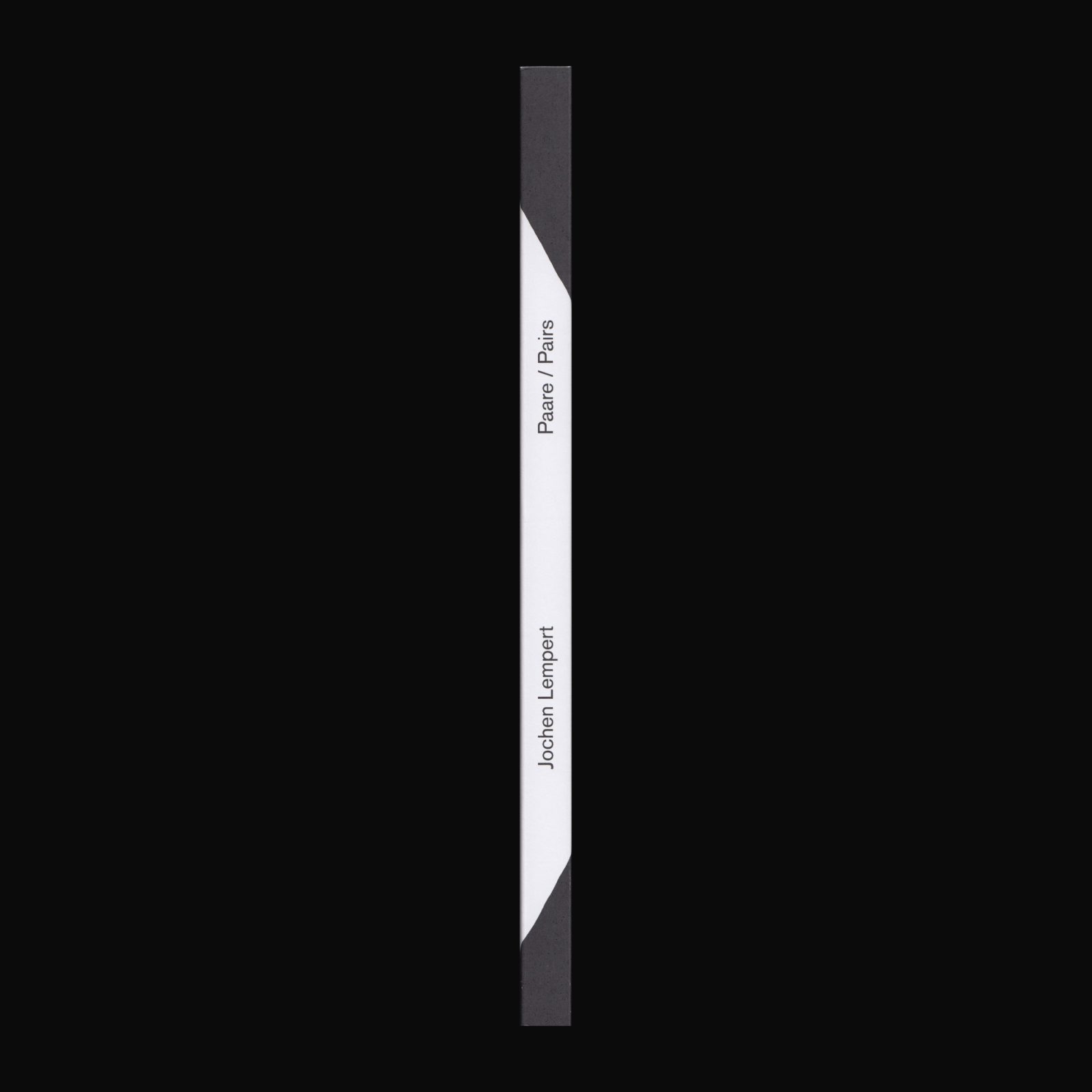

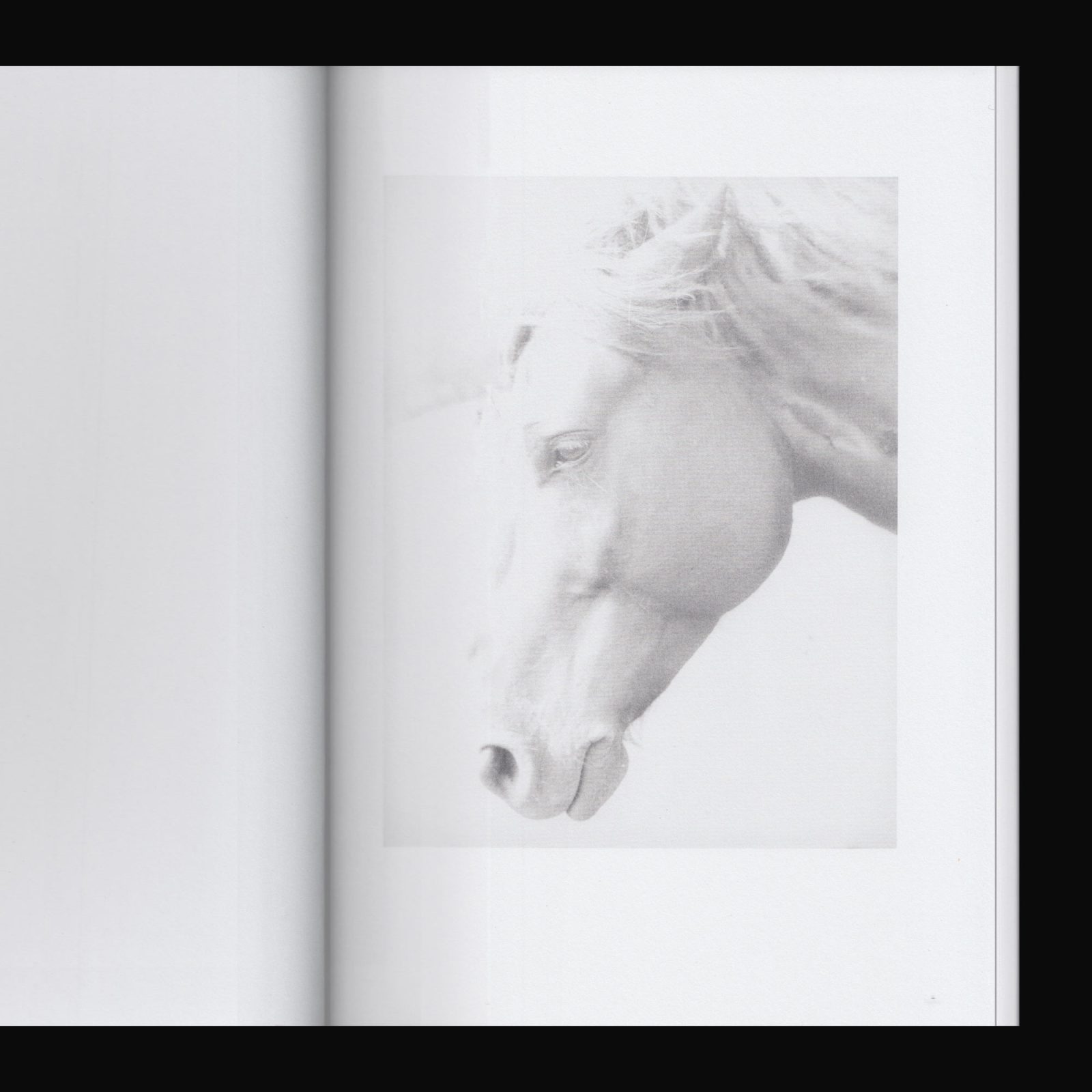
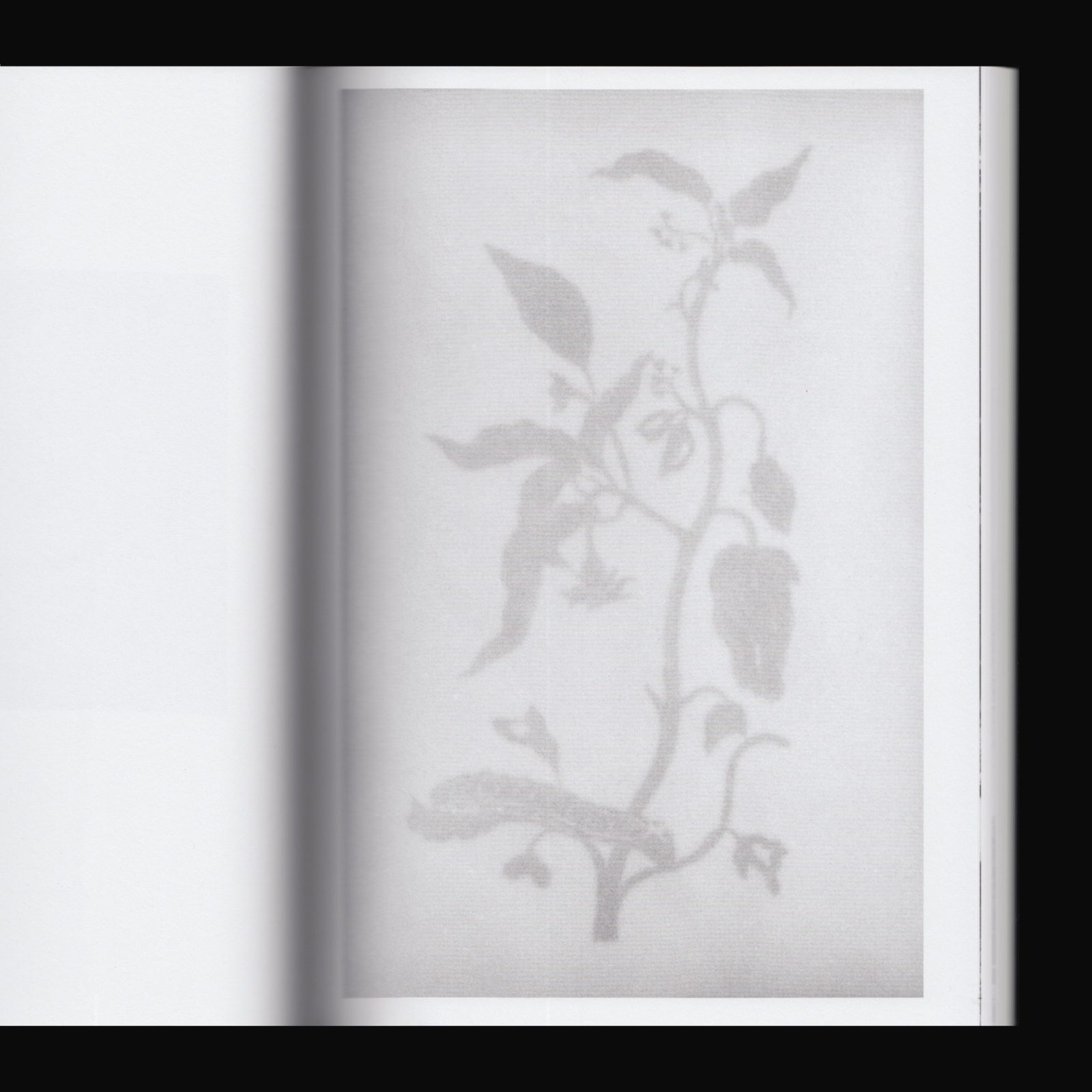
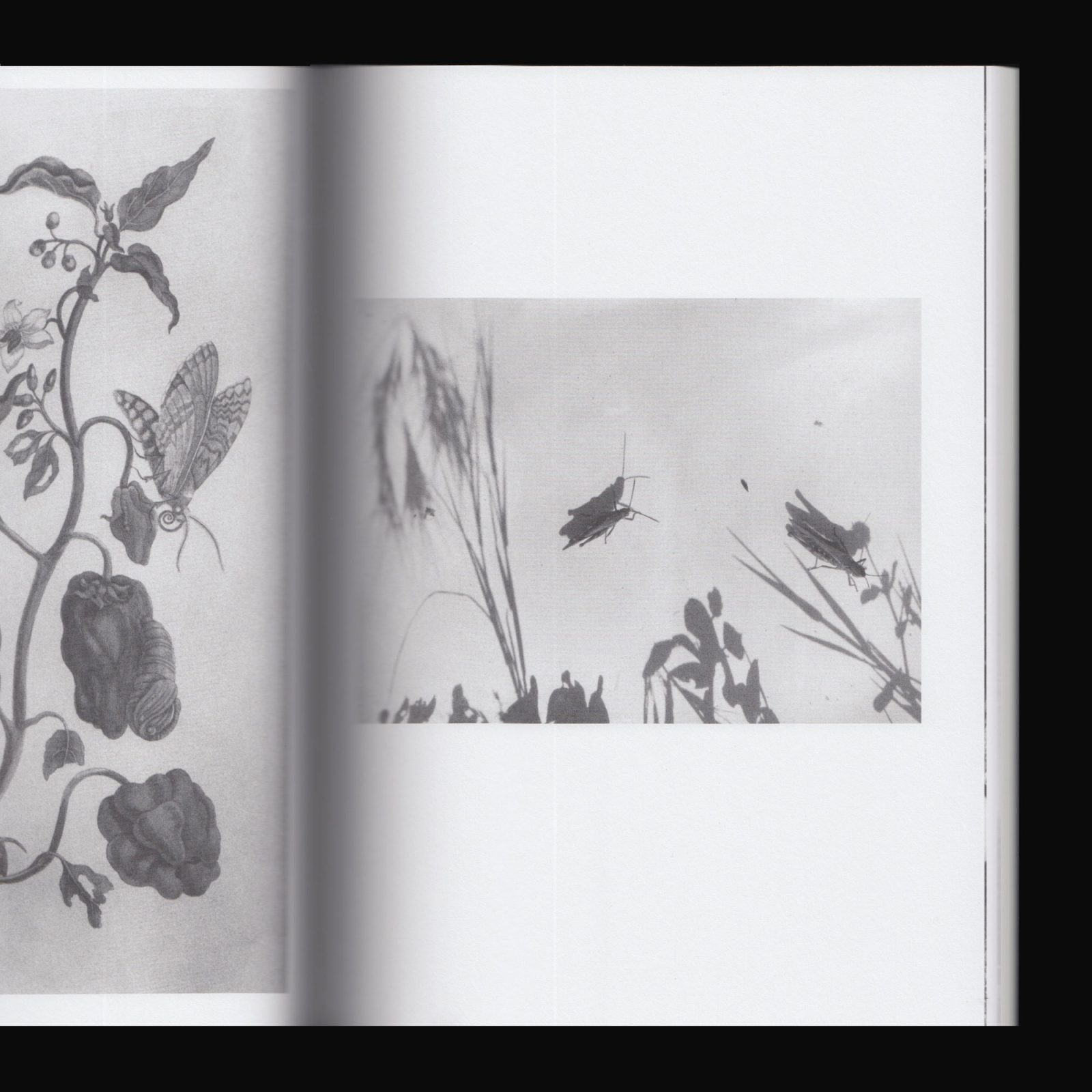
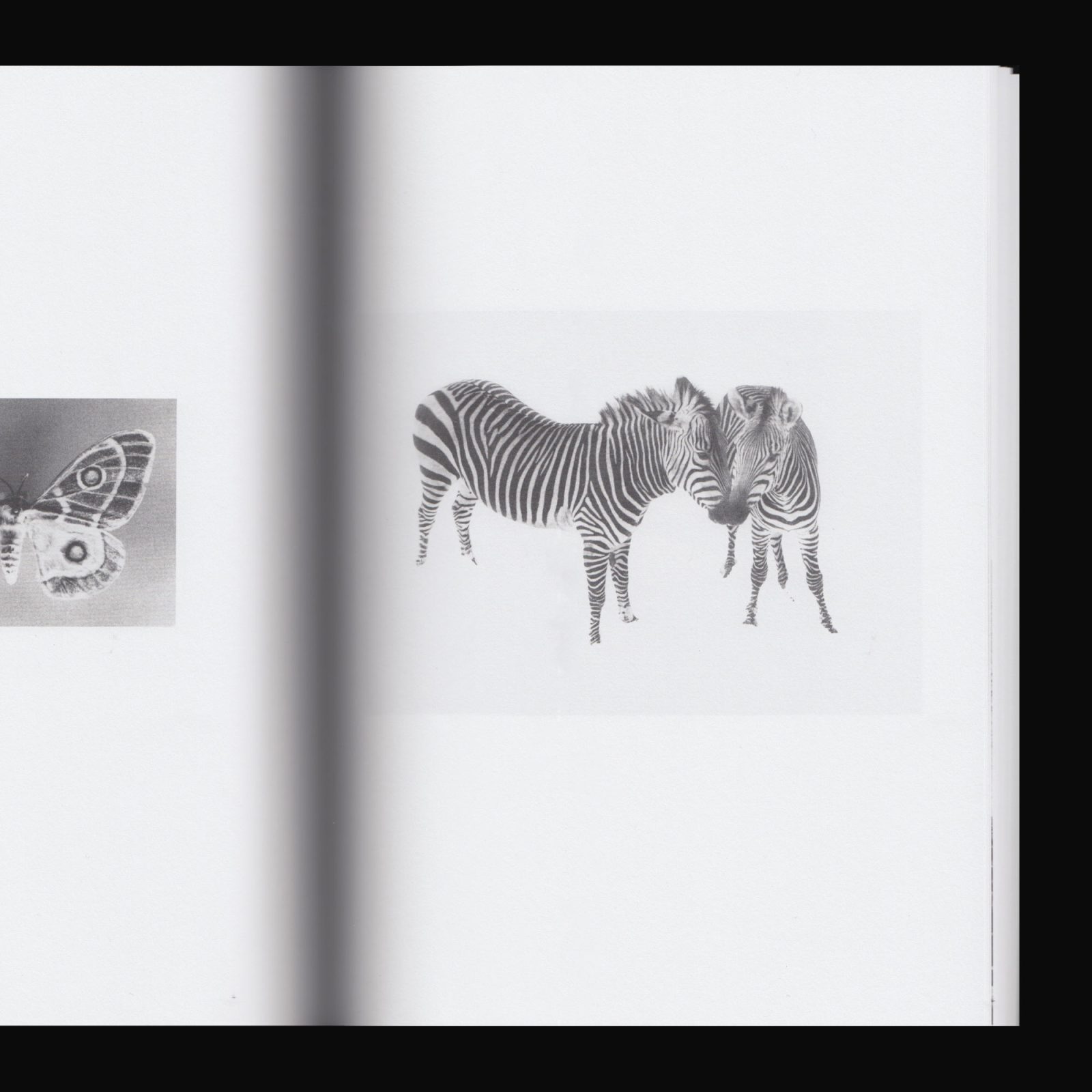
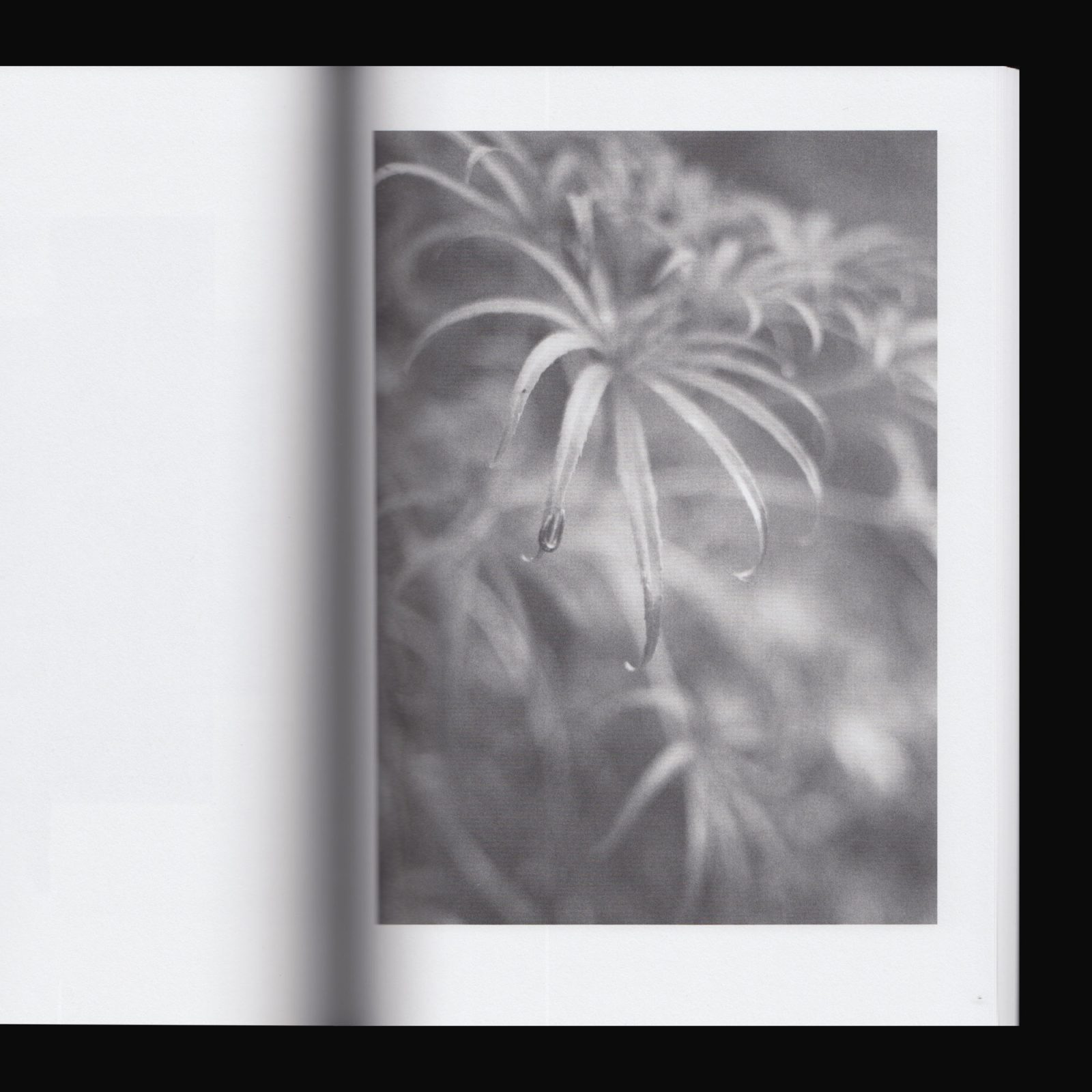
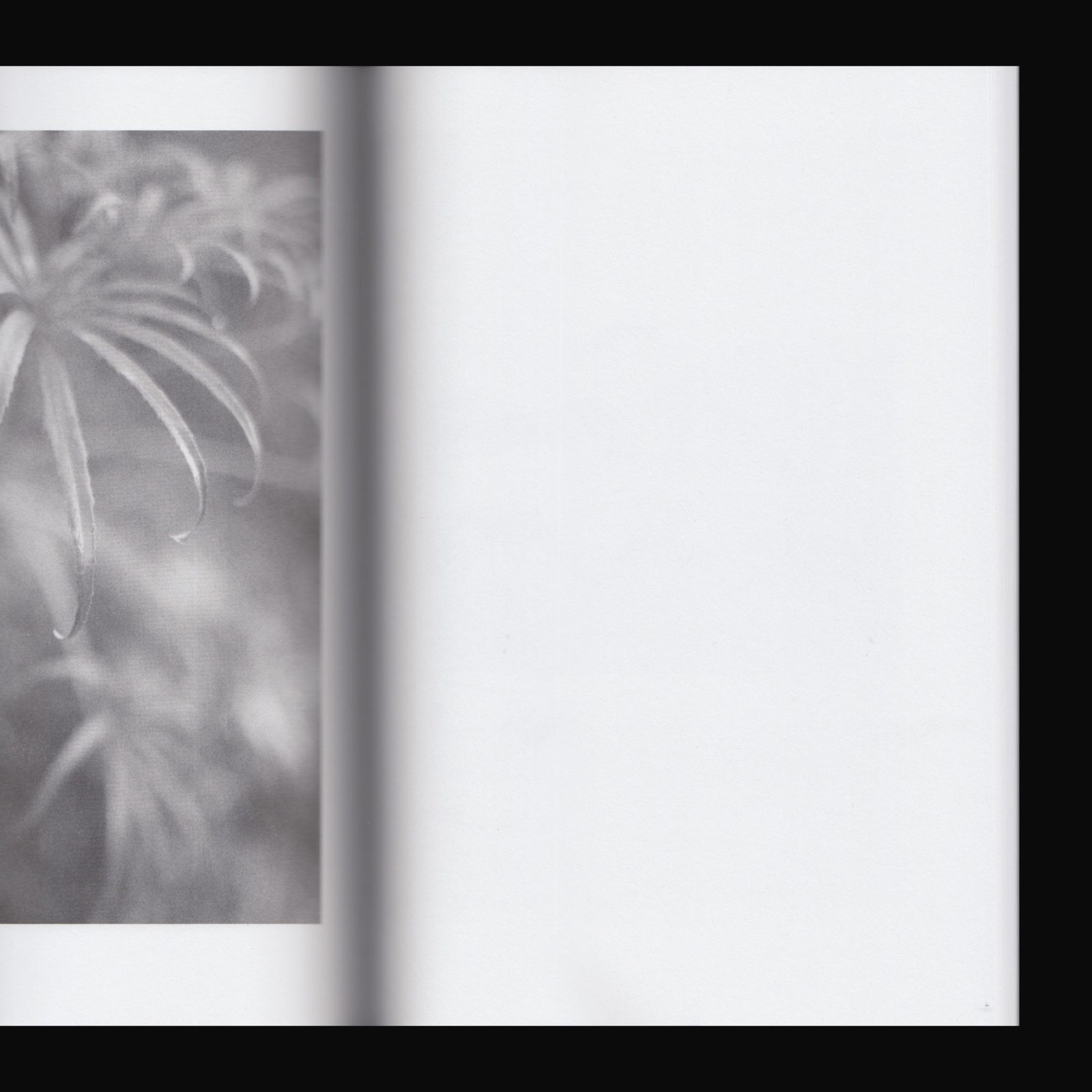
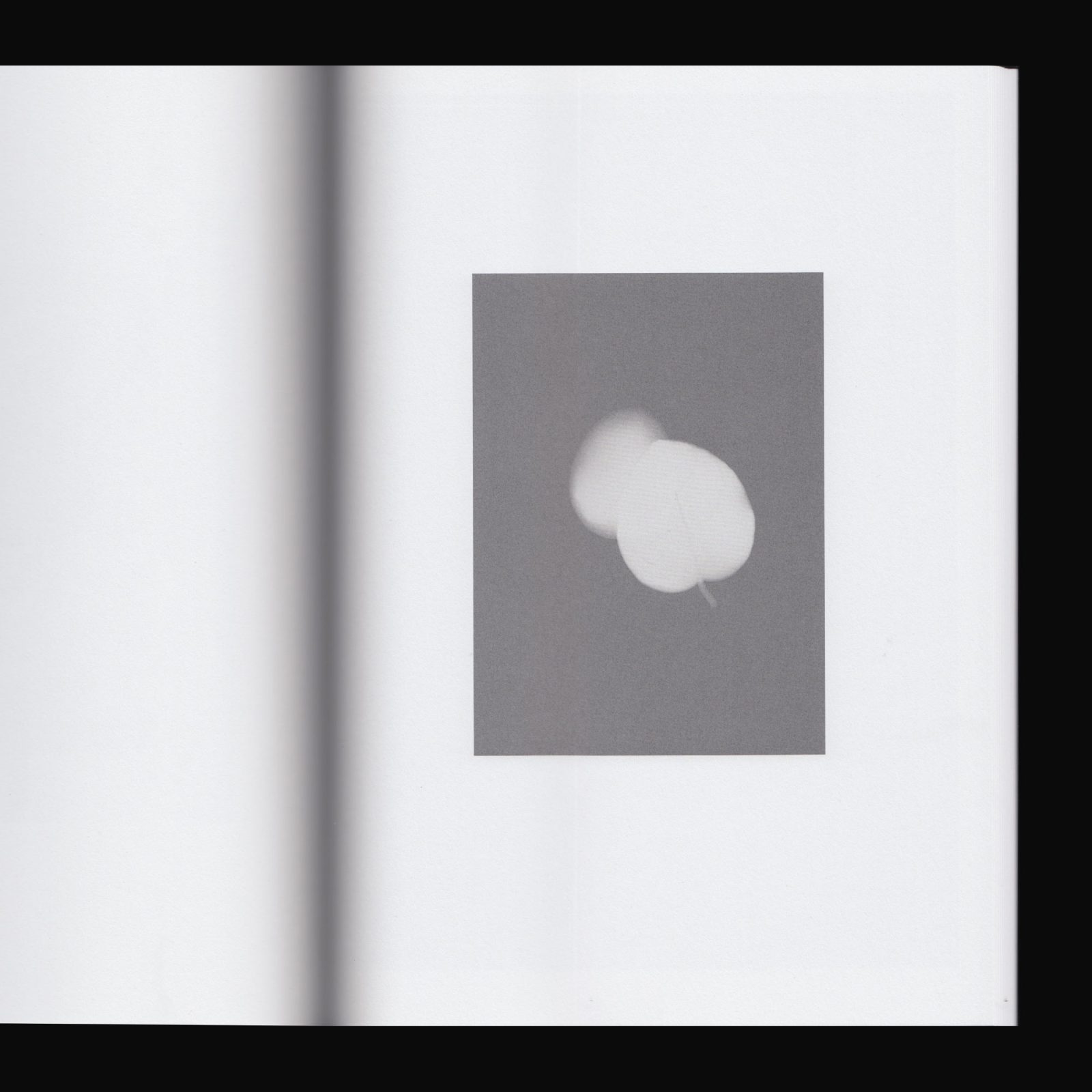
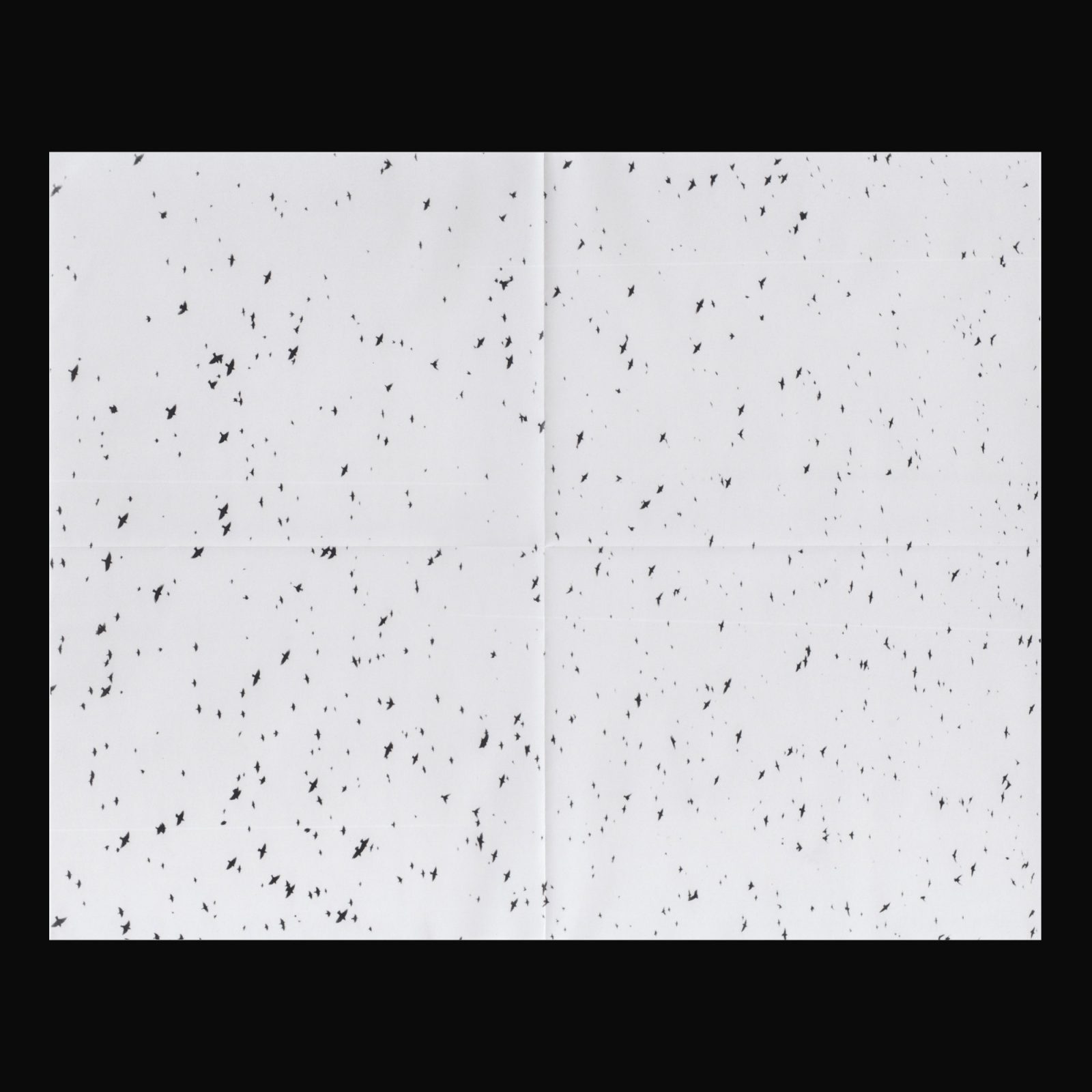
Produced on the occasion of the solo exhibition Jochen Lempert at Portikus in Frankfurt. With a mix of new and older photos, Lempert composed a sequence showing different ways to look at pairs. With an essay from Portikus director Yasmil Raymond. Concept by Jochen Lempert in collaboration with Alexander Mayer. Designed by Roger Willems.
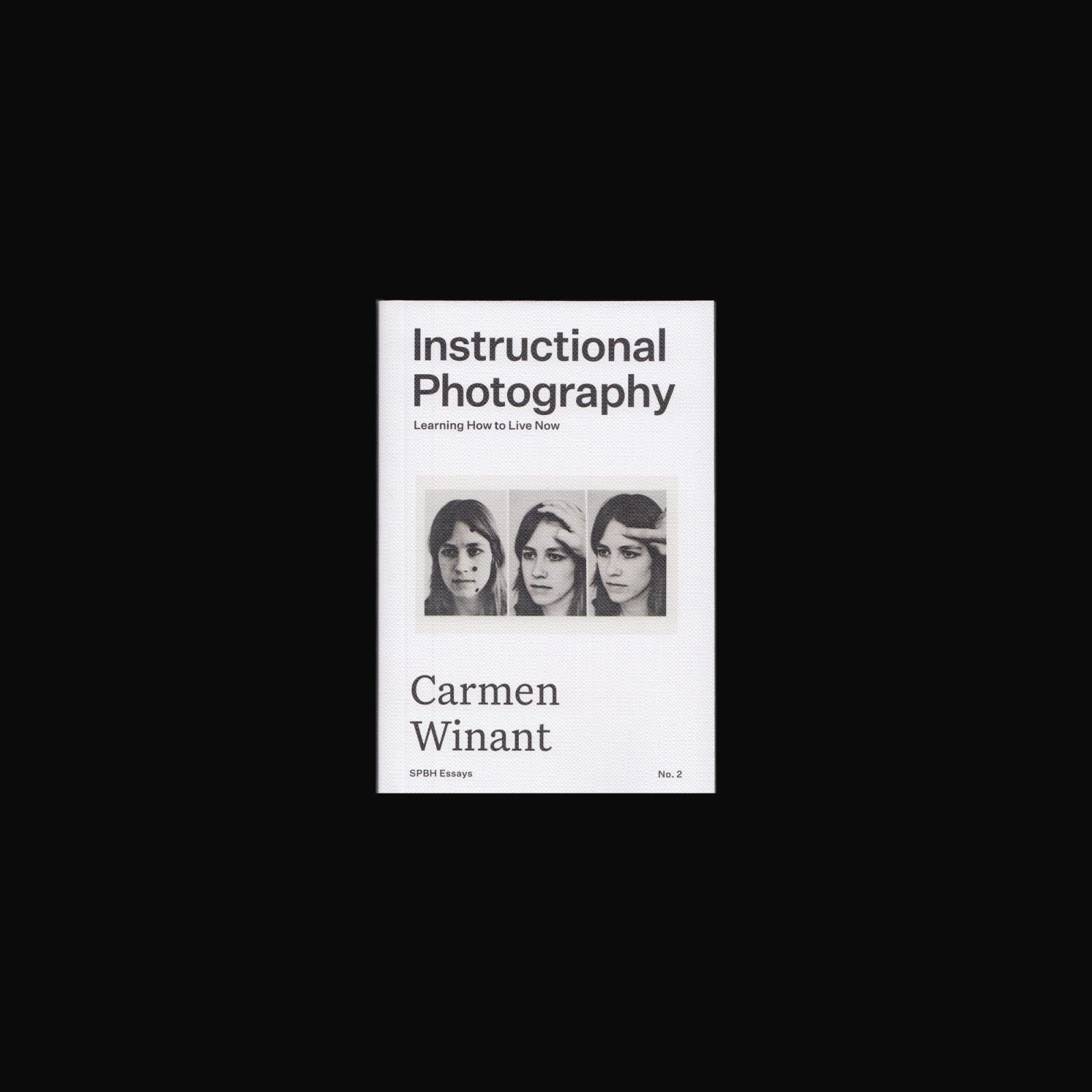

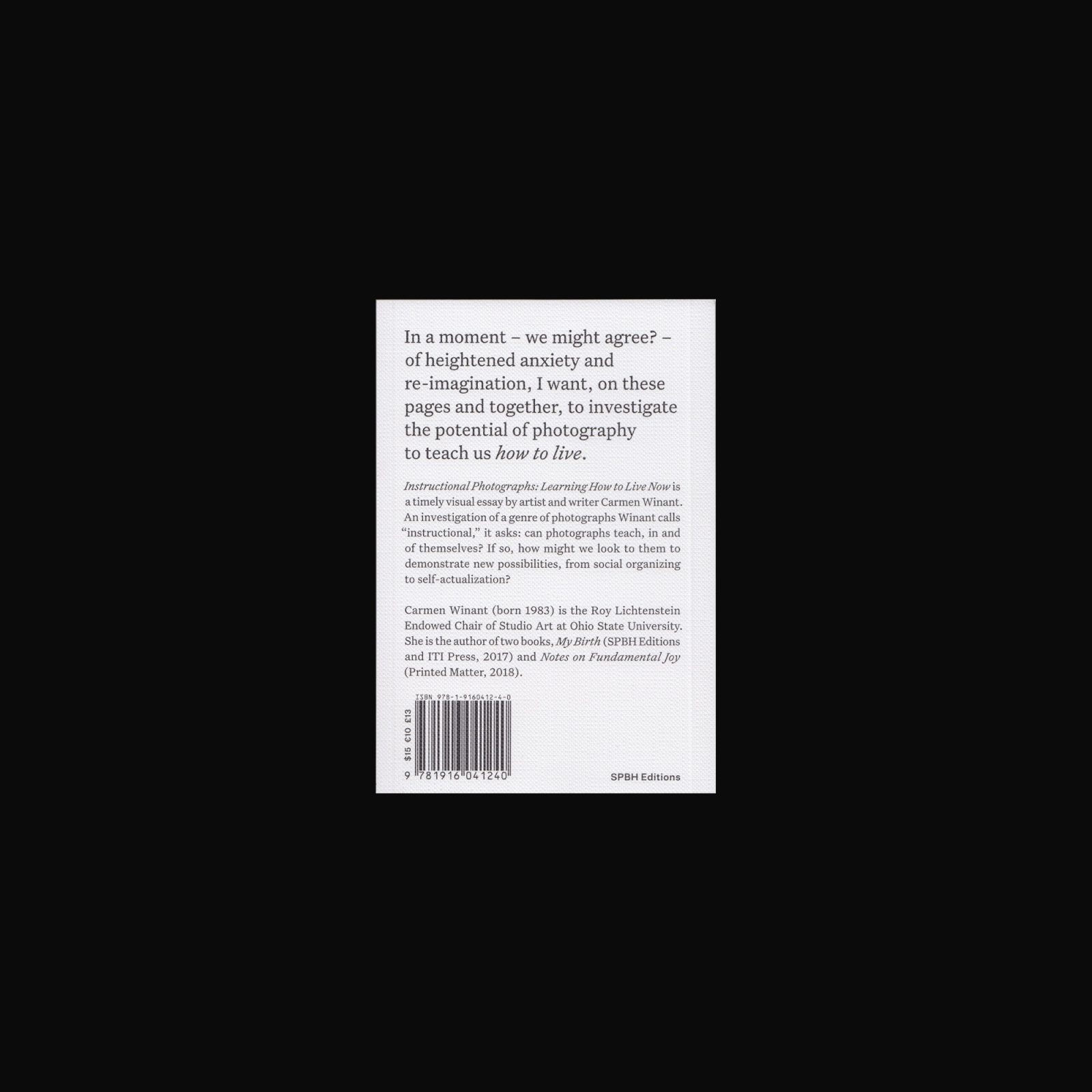

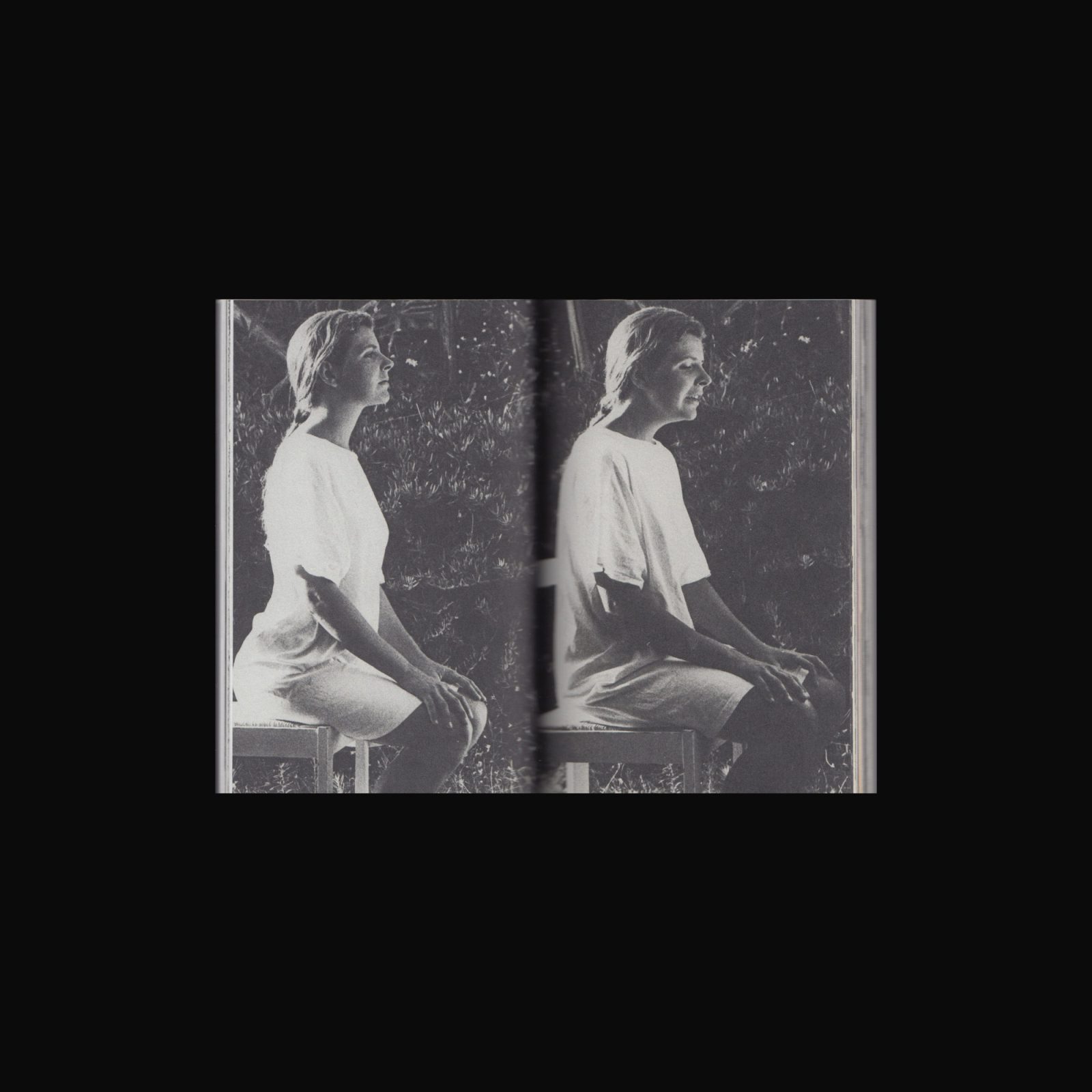
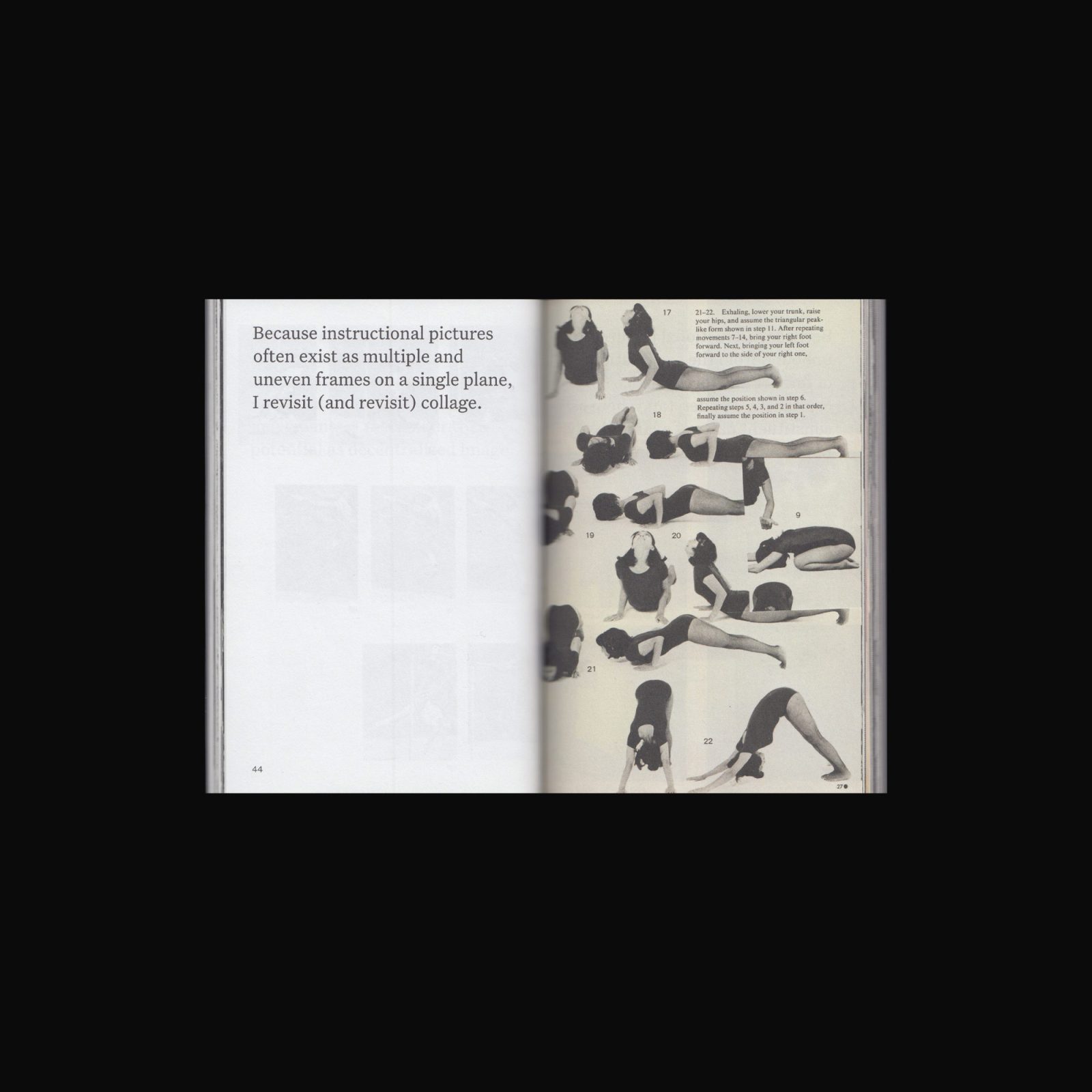
Instructional Photography: Learning How to Live Now by artist and writer Carmen Winant, is an investigation of a genre of photographs Winant calls “instructional”, it asks: can photographs teach, in and of themselves? If so, how might we look to them to demonstrate new possibilities, from social organizing to self-actualization?
Alternating between found images and shorter, text-based observations (which serve to reinforce, rather than explain, one another), Winant delves into this new category of images through her own collection, understanding them as something beyond, or at least in between, documentary and fine art.
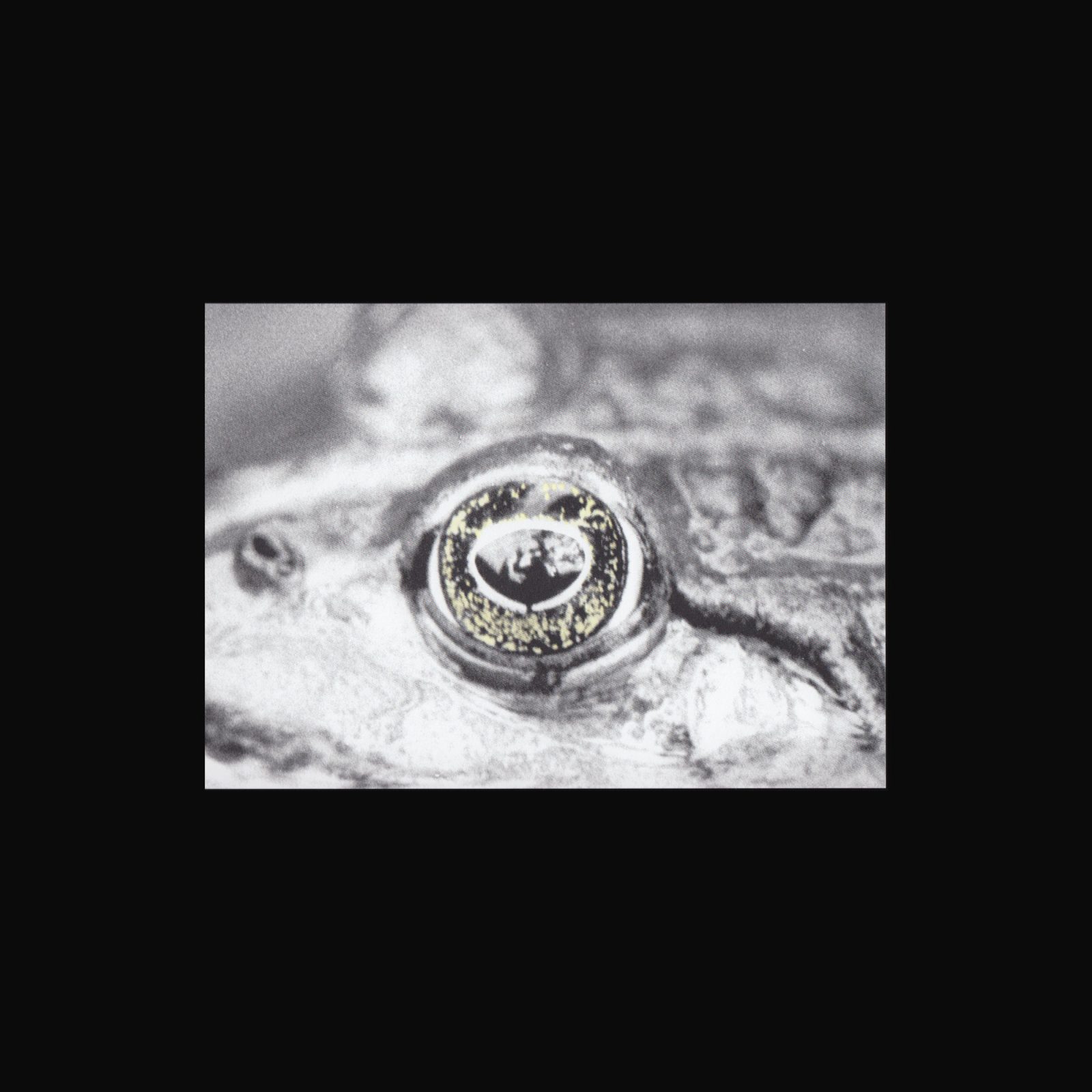

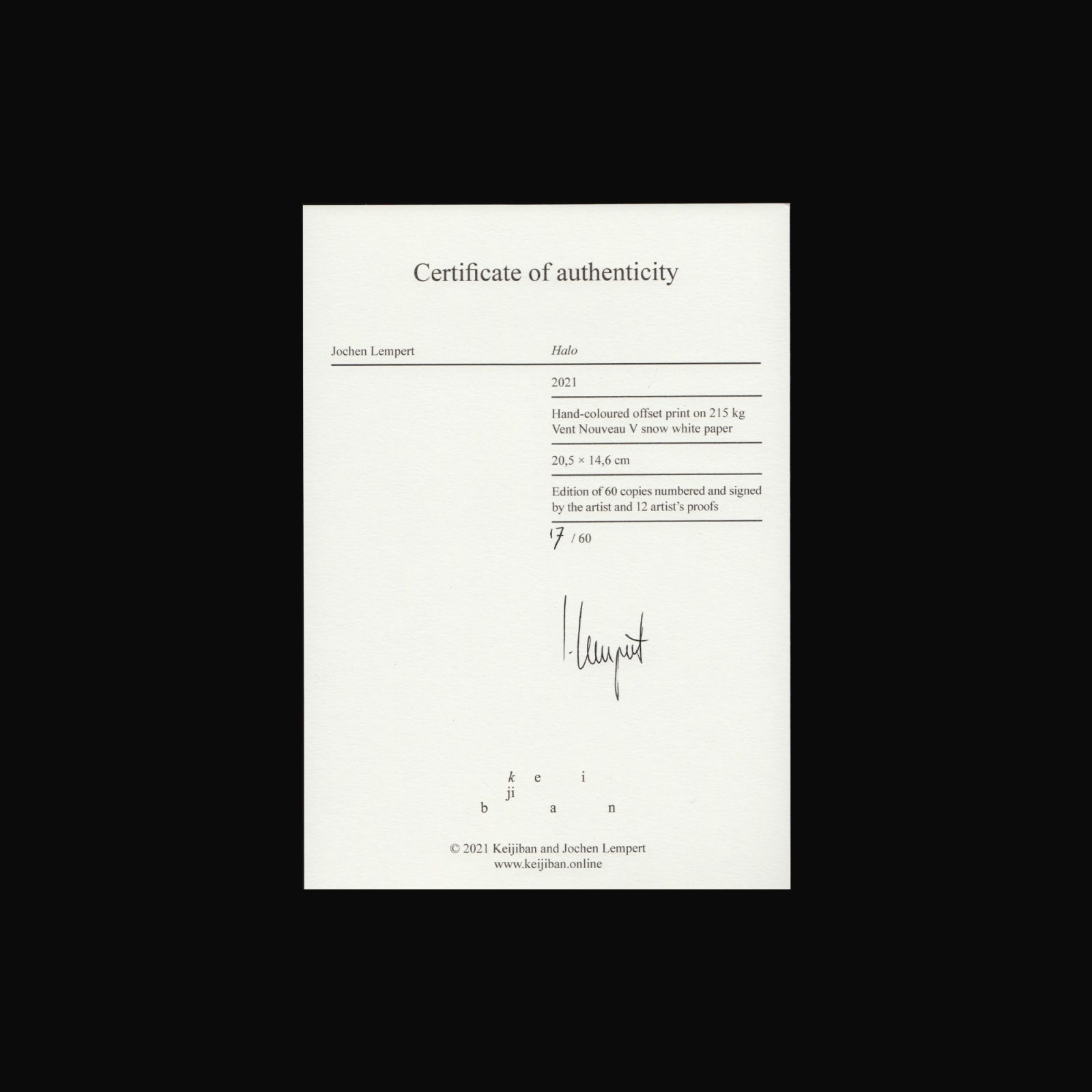
Edition of sixty copies numbered and signed by the artist on a certificate and twelve artist’s proofs.
Halo is a unique specimen in Jochen Lempert’s body of work. While the artist is known for his distinctive black and white analogue photographs, for this edition he also included colour. Obviously, this is a subtle, careful, and consistent shift. The photograph here is only partially hand-coloured, with a pale yellow that is perfectly in tune with the nuances of the grey.
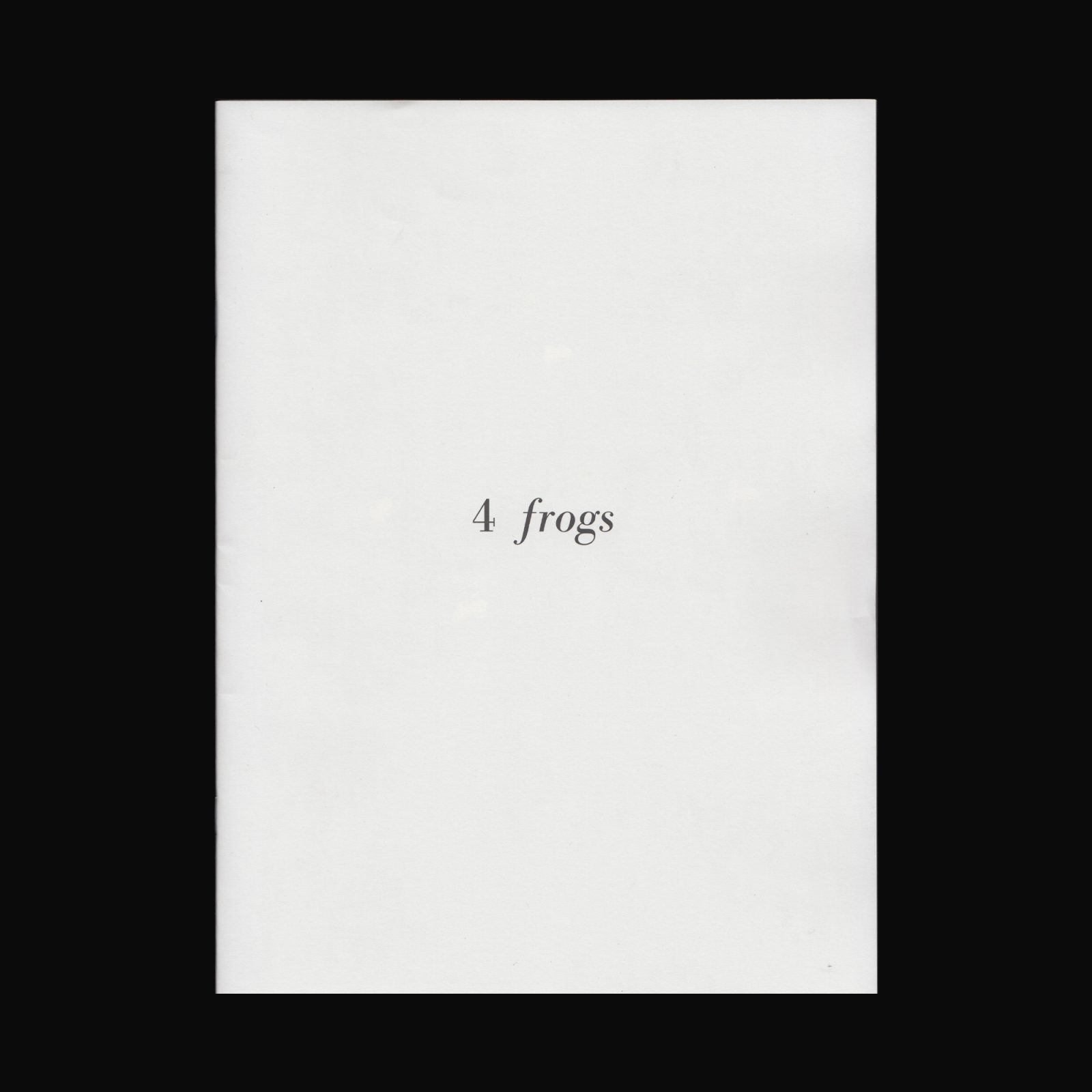
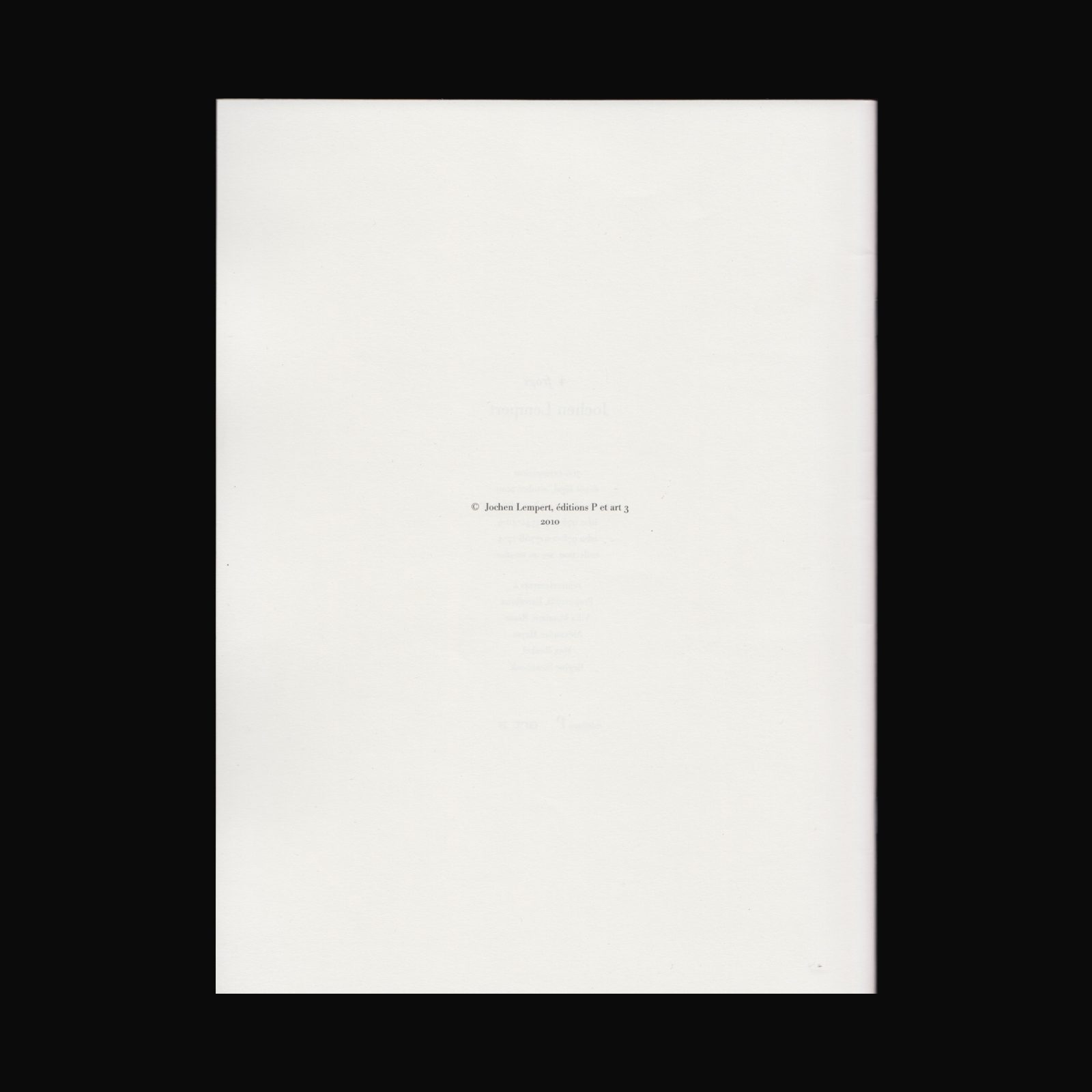
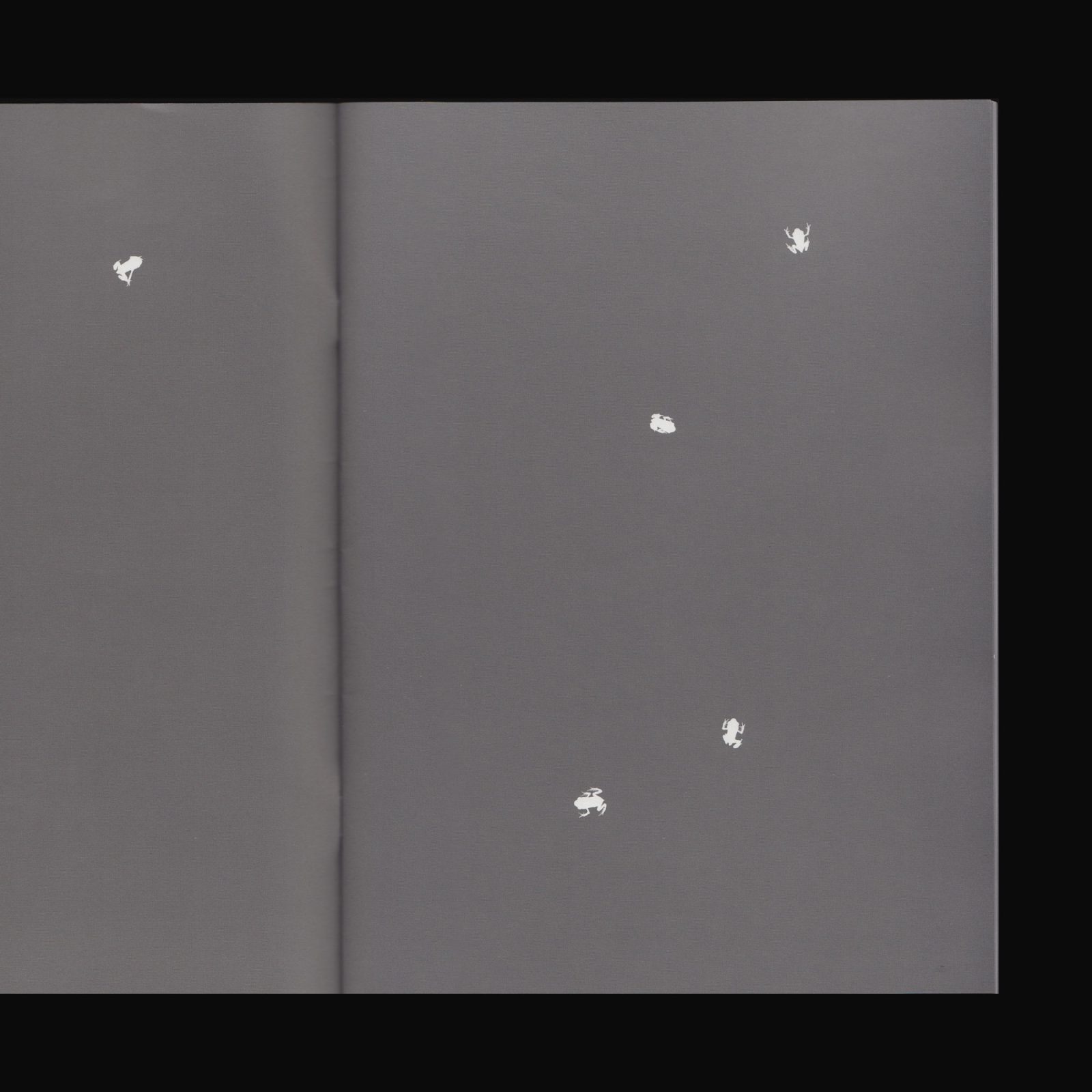
Produced on the occasion of the artist’s exhibition ONYCHOPHORA, held at Valence, Art 3 in November 2010. One day old frogs were placed on photographic paper, to which the artist explains that as on jumps and the image is created, it produces the illusion of a fifth frog as the movement is being recorded.